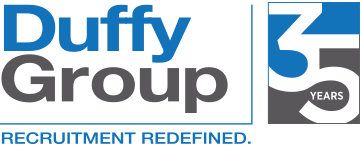You planned carefully. Formed a committee. Posted the job. And still — months later — you’re stuck in the same meeting, asking: Why haven’t we found the right candidate yet? It’s a familiar headache in higher education recruitment.
And demand for leadership isn’t easing up. Employment of postsecondary education administrators is projected to grow 3% from 2023 to 2033, adding more pressure to find and retain strong leaders.
If you’re struggling to pinpoint what’s slowing down your higher education executive search — let alone how to course correct — here’s where we often see hiring leaders lose momentum, as well as how an informed, research-driven strategy can move things forward.
You’re Only Reaching a Fraction of the Talent Pool
Relying on job postings means entering a crowded race, with hundreds of organizations chasing the same small pool of active candidates. Meanwhile, many of the most qualified professionals aren’t applying or scrolling job boards.
Outreach to passive talent expands your reach and brings in candidates already thriving in similar roles in a world where quality matters.
According to CUPA-HR, voluntary turnover among full-time exempt staff in higher education sits at 10.7%, making it even more important to find candidates who are not just available but aligned and invested from the start.
The Private Sector is Outbidding You
Tech, finance and healthcare companies, for instance, often offer what higher education can’t: higher salaries and less red tape. It’s hard to match them on pay alone. But many leaders weigh more than the paycheck. Mission, culture and long-term impact often carry equal weight, sometimes more.
Position promotion, a key step in our five-step search process, ensures candidates fully understand the role, culture and impact. When the opportunity is clearly defined, purpose-driven leaders are far more likely to engage, especially those driven by purpose, not just pay.
Budget Pressure Is Forcing Tough Trade-Offs
Limited resources often mean cutting corners: skipping early research, relying on generic outreach or asking internal teams to do more with less. These compromises can weaken the search and cost more in the long run.
A flexible, a la carte recruitment model offers a better path. Instead of outsourcing the entire search, institutions can bring in external support exactly where it’s needed to use limited funds strategically — whether that’s market research, outreach, candidate evaluation or all three.
Too Many Stakeholders, Not Enough Alignment
A higher education executive search often involves input from multiple stakeholders, such as boards, faculty and department heads. Without early alignment, the process slows, feedback conflicts and top candidates disengage before consensus is ever reached.
A clear strategy on the front end makes all the difference. As the first step in our process, “strategy development” surfaces expectations, highlights disconnections and establishes a shared vision for the role. This upfront clarity leads to more focused decisions and a smoother path to hire.
Course Correct Your Higher Education Recruitment Strategy
Since 2001, Duffy Group has helped state schools, private colleges and for-profit institutions refocus their higher education executive search strategies through a more informed, flexible approach.
Our proprietary Duffy Recruitment Research™ process is built to uncover stronger candidates, align internal stakeholders and support your team exactly where it’s needed most.
Reach out to learn how our tailored recruitment solutions can move your search forward.



